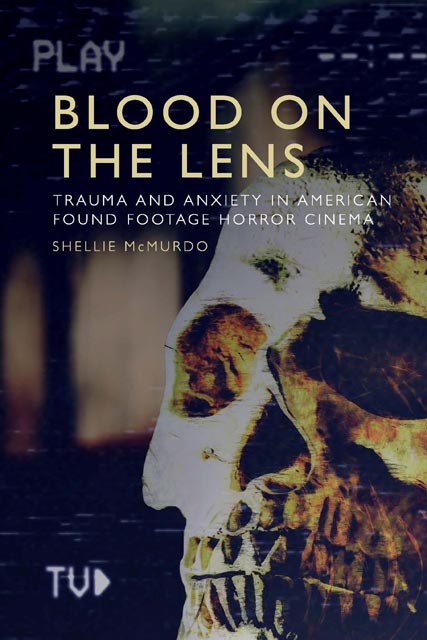9 - ‘You have committed a fatal error’: social media horrors
Published online by Cambridge University Press: 13 April 2023
Summary
Xavier Aldana Reyes proposes that ‘horror appropriates the structures of fear already in circulation’ (2013: 150) and, as I argued in the previous chapter, anxieties began to revolve around the communicative potential of the internet as its use became more widespread. As this book so far has made clear, a wide variety of reality aesthetics sit under the umbrella of ‘found footage horror’: from documentary framing and bystander videos to the more inhuman gaze of dashcam and CCTV. After the phenomenal success of Paranormal Activity – once it was widely released in 2009 – the found footage format exploded: new stories made use of its distinctive (and low cost) style and a host of old scares were updated through a found footage frame. Just over the horizon, however, was a group of found footage horror films that would move the subgenre into new territory entirely, and the aim of this chapter is to provide an account of this subset of the subgenre, which I have tentatively termed ‘social media horror’.
Several other terms have been put forward to describe the kind of films this chapter will analyse, including ones proposed by their producers, with Timur Bekmambetov advancing the term ‘Screenlife’ to describe Unfriended (Kohn, 2018). It is important at this point, therefore, to outline my own use of ‘social media horror’ and to highlight the differences between this term and ‘desktop horror’, as put forward by Lindsay Hallam (2021). Although ‘desktop horror’ is a term that works well for the central film of Hallam’s discussion – Open Windows (2014) – and there is clear overlap between my term and Hallam’s, there are multiple factors that suggest that ‘social media horror’ is a more appropriate term to describe the particular body of films discussed in this chapter: The Den, Unfriended and Spree. The most significant difference between desktop horror and social media horror is the way in which these films use their internet-based aesthetics. Although Open Windows takes place on a laptop, it does not emulate the first person perspective of a laptop user, containing movements – such as the almost ‘ping pong’ action of the frame moving to different parts of the screen and zooming in and out at significant moments – that a laptop user is not able to do in real time.
- Type
- Chapter
- Information
- Blood on the LensTrauma and Anxiety in American Found Footage Horror Cinema, pp. 169 - 192Publisher: Edinburgh University PressPrint publication year: 2022



